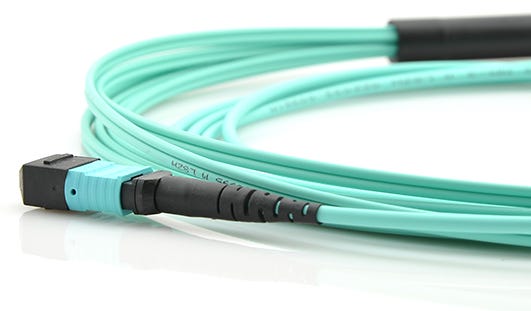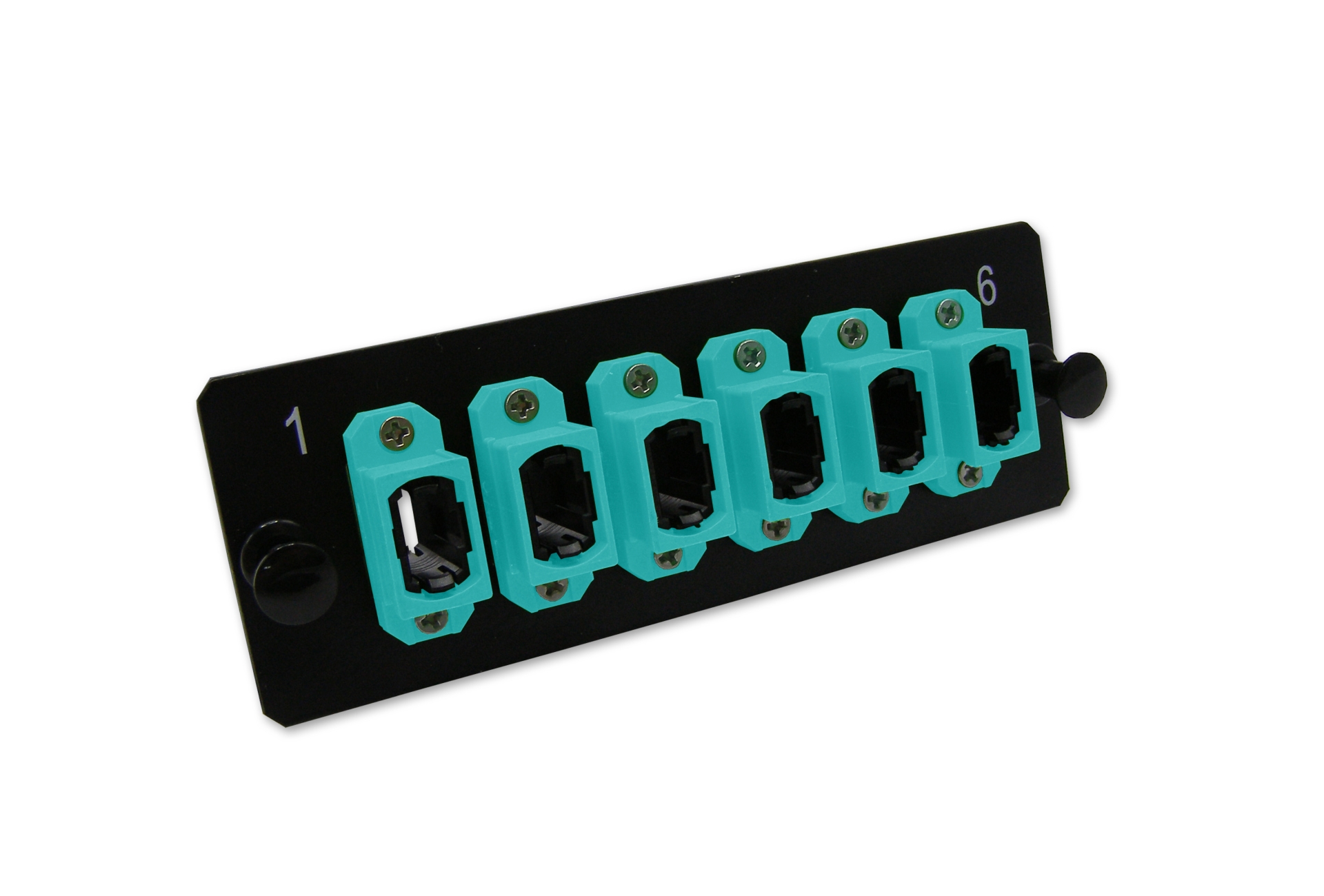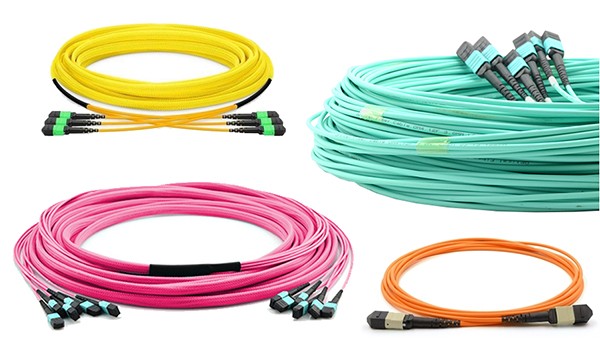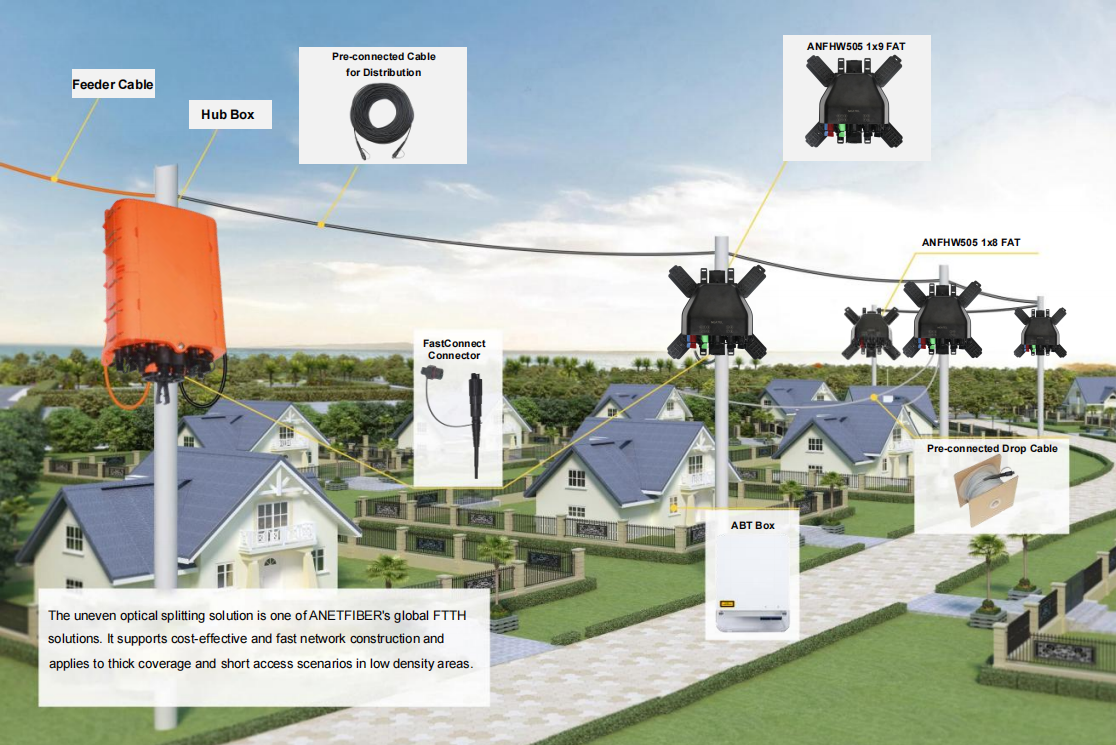MPO Connectors: Driving Innovation in Data Center Design

MPO connectors revolutionize data center design by offering efficient fibertechnology solutions. These connectors, known for their high-density capabilities, enable rapid deployment and improved cabling efficiency through the use of patchcables. They support high-speed networks by incorporating multiple optical fibers, making them ideal for modern data centers. The MPO cassette and rackmount systems further enhance their utility, allowing seamless integration with existing infrastructure, such as ODFs. As technology advances, MPO connectors, including various mpotypes, continue to drive innovation, meeting the growing demands for bandwidth and reliability. Their role in optimizing space and reducing installation time underscores their significance in the evolving landscape of data centers, with the use of mpomodules being a key factor.
Understanding MPO Connectors
What are MPO Connectors?
Definition and Basic Structure
MPO connectors, short for Multi-Fiber Push On, represent a significant advancement in fibertechnology. They serve as a fibersolution by accommodating multiple optical fibers within a single connector. This design reduces the need for numerous individual patchcables, streamlining the cabling process in a datacenter. The basic structure of an MPO connector includes a rectangular housing that holds the fibers in place, ensuring precise alignment. This alignment is crucial for maintaining optimal data transmission quality.
Historical Development and Evolution
The evolution of MPO connectors reflects the growing demands of modern datacenters. Initially developed to address the need for high-density connections, these connectors have undergone significant improvements. Early versions supported fewer fibers, but technological advancements have increased their capacity. Today, MPO connectors can house up to 72 fibers, making them ideal for high-speed networks. The market for MPO connectors continues to grow, with projections indicating a substantial increase in demand. This growth underscores their importance in the evolving landscape of data centers.
Technical Specifications
Fiber Count and Configurations
MPO connectors offer various MPO connectors offer various fiber counts and configurations to meet diverse needs. Common configurations include 12, 24, and 72 fibers, providing flexibility for different applications. These configurations enable datacenters to scale their infrastructure efficiently. The ability to support multiple fibers in a single connector reduces cable clutter and enhances the overall organization of the cabling system. This feature proves particularly beneficial in high-density environments where space optimization is crucial.
Compatibility with Existing Systems
Compatibility with existing systems remains a key advantage of MPO connectors. They integrate seamlessly with components like mpocassettes, rackmount systems, and ODFs. This compatibility ensures that datacenters can upgrade their infrastructure without extensive modifications. MPO connectors also support various mpotypes, allowing for easy adaptation to different network requirements. Their design facilitates quick installation and maintenance, reducing downtime and enhancing operational efficiency.

The Role of MPO Connectors in Data Center Design
Enhancing Efficiency
MPO connectors play a crucial role in enhancing efficiency within data centers. They offer significant space-saving benefits by reducing the need for numerous individual patchcables. This reduction minimizes cable clutter, allowing for a more organized and streamlined infrastructure. Data centers can optimize their layout, making room for additional equipment and improving airflow.
Reducing installation time is another advantage of MPO connectors. Their design allows for quick and easy connections, minimizing downtime during upgrades or maintenance. Technicians can swiftly deploy or reconfigure systems, ensuring that operations remain uninterrupted. This efficiency translates into cost savings and improved productivity.
MPO connectors excel in supporting high-density applications. They provide scalability for future growth, accommodating increasing demands without extensive reconfiguration. Data centers can easily expand their capacity by integrating additional fibers through MPO cassettes and rackmount systems. This flexibility ensures that infrastructure can evolve alongside technological advancements.
MPO connectors excel in supporting high-density applications. They provide scalability for future growth, accommodating increasing demands without extensive reconfiguration. Data centers can easily expand their capacity by integrating additional fibers through MPO cassettes and rackmount systems. This flexibility ensures that infrastructure can evolve alongside technological advancements.
Meeting bandwidth demands is essential in modern data centers. MPO connectors, particularly those with higher fiber counts like MTP/MPO-24, deliver the necessary performance for high-speed networks. They support various mpotypes, ensuring compatibility with emerging technologies. This capability makes them an ideal fibersolution for data centers aiming to stay ahead in the rapidly changing digital landscape.
Comparative Data:
12 Fiber MPO connectors: Offer flexibility and lower insertion loss.
24 Fiber MPO connectors: Provide higher density but with increased insertion loss and cost.
MTP connectors: Enhance reliability and longevity over standard MPO connectors.
By integrating these advanced fibertechnology solutions, data centers can achieve greater efficiency and adaptability. The use of MPO modules and ODFs further enhances their ability to meet the growing needs of modern networks.

Innovations Driven by MPO Connectors
Technological Advancements
MPO connectors have significantly advanced data transmission speeds. By incorporating multiple optical fibers, they enhance the efficiency of data transfer in modern data centers. This fibertechnology allows for rapid deployment and seamless integration with existing systems. The use of MPO connectors reduces the need for numerous patchcables, streamlining the cabling process.
Integration with emerging technologies further highlights the innovation driven by MPO connectors. They support various mpotypes, ensuring compatibility with new advancements. This adaptability makes them a vital fibersolution for data centers aiming to stay ahead in the digital age. MPO cassettes and rackmount systems enhance their utility, allowing for easy upgrades and maintenance.
Industry Standards and Compliance
Adherence to international standards ensures that MPO connectors maintain quality and reliability. These connectors meet stringent guidelines, providing consistent performance across different applications. The structured cabling system using MPO technology has become a default solution for many data centers, emphasizing its importance in maintaining industry standards.
Ensuring quality and reliability remains a priority. MPO connectors undergo rigorous testing to meet these standards. Their design includes features like precise alignment and robust construction, which contribute to their durability. The use of ODFs and mpomodules further enhances their reliability, making them a trusted choice for high-density environments.
Practical Applications and Real-World Implications
Case Studies
Successful Implementations in Major Data Centers
Google's Data Center: Google implemented MPO connectors to enhance their data center's efficiency. By using MPO connectors, they streamlined their cabling system, reducing the need for numerous patchcables. This approach improved cable management and allowed for faster deployment of high-speed fibertechnology. The integration of MPO cassettes and rackmount systems facilitated seamless upgrades and maintenance.
Facebook's Infrastructure: Facebook adopted MPO solutions to support their high-density applications. They utilized MPO modules to optimize port usage and reduce fiber waste. This strategy enabled them to achieve scalability and flexibility, meeting the growing demands of their network infrastructure.
Lessons Learned and Best Practices
Optimize Cable Management: Implementing MPO connectors can significantly reduce cable clutter in a datacenter. This leads to better airflow and easier maintenance.
Ensure Compatibility: Integrating MPO connectors with existing systems like ODFs and various mpotypes ensures smooth transitions and upgrades.
Focus on Scalability: Data centers should consider future growth by choosing MPO configurations that allow for easy expansion.
Future Trends
Predictions for the Next Decade
Increased Adoption: More data centers will adopt MPO connectors as a standard fibersolution. This trend will be driven by the need for higher bandwidth and reliability.
Technological Integration: MPO connectors will increasingly integrate with emerging technologies, enhancing their role in modern data centers.
Enhanced Performance: Future developments in MPO technology will likely focus on improving data transmission speeds and reducing installation time.
Potential Challenges and Solutions
Compatibility Issues: As technology evolves, ensuring compatibility with new systems may pose challenges. Data centers should invest in adaptable MPO solutions that support various mpotypes.
Cost Management: While MPO connectors offer numerous benefits, the initial investment can be high. Data centers can mitigate costs by planning phased implementations and leveraging existing infrastructure.
Training and Expertise: Proper training for technicians is essential to maximize the benefits of MPO technology. Investing in education will ensure efficient deployment and maintenance.
By embracing these trends and addressing potential challenges, data centers can continue to leverage MPO connectors to drive innovation and efficiency.
MPO connectors play a crucial role in modern data centers, driving innovation and efficiency. Their ability to support high-density applications and enhance data transmission speeds makes them indispensable. As Senko and US Conec highlight, new VSFF 16-fiber MPO connectors offer improved density, crucial for high-performance computing environments. The evolution of these connectors, as noted by a consultant and industry specialist, extends beyond noise reduction, becoming integral to the performance and visual appeal of modern systems. Data centers should continue exploring and adopting such innovative technologies to meet future demands and maintain competitive advantage.
See Also
Single Mode vs Multimode Fiber: Which Should You Choose?
Choosing the Right Fiber Splice Enclosure for Outdoor Installations
The Role of MPO Cables in Modern Data Centers
About US
Follow Us
AnetFiber company's main products are indoor and outdoor optical fiber cables, outdoor waterproof pre-connected fiber-to-the-home products, PLC optical fiber splitters, optical fiber jumpers and pigtails, MTP®/MPO high-density big data product solutions, optical fiber field quick connectors and research and development molding, injection molding and production of optical fiber distribution boxes, optical fiber chassis cabinets, the market has expanded to the world, Europe, America, Asia, the Middle East and Latin America.
Address
Shenzhen City, Baoan District, Yanluo Street, Tangxiayong Community, Yangyong Industrial Road, Tonggangda New Energy Vehicle Park 406
Contacts
+86 199 2655 3586

